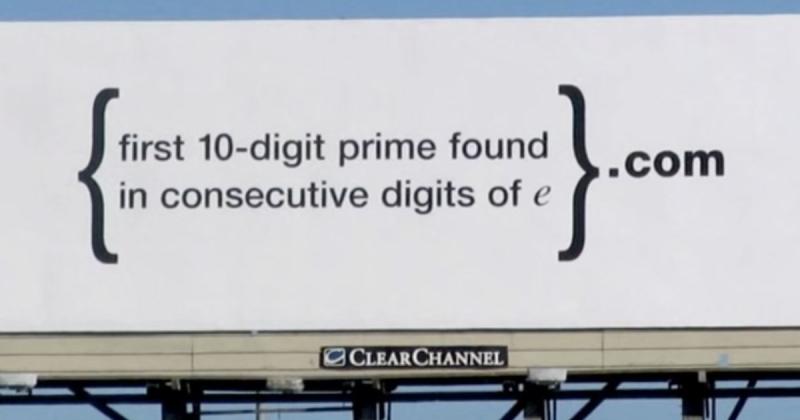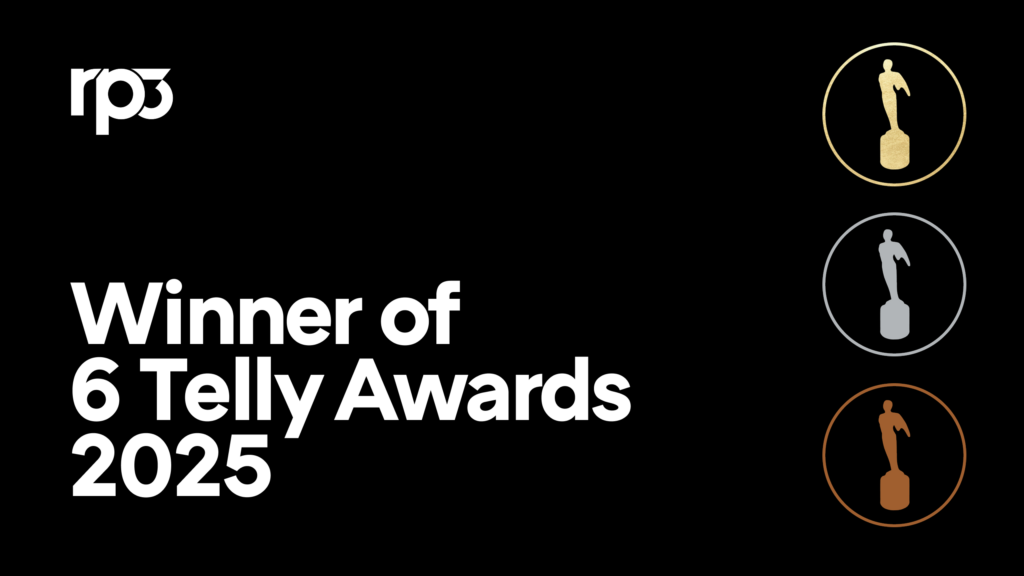
Recruitment Marketing: 5 Strategies To Attract and Retain Employees
By: Nick Teare
Article published in AdAge | Jul 11, 2022
At both the macro and micro levels, the situation seems dire, the numbers staggering: The Great Resignation claims to have accounted for 4.4 million Americans voluntarily changing jobs in April alone. We can feel the tightness of the labor market and the war for talent with each and every position we (try to) fill. And there are too many stories of candidates ghosting potential employers or calling back within hours of an offer only to counter with demands for new titles and increased salary expectations.
Even if a new position is filled, there is no guarantee that it will remain filled. Mobility in the workforce in many ways has never been higher, and not only because of the impact of remote working.
Traditionally, recruitment efforts have been the province of HR departments working with a standard set of tools that, unfortunately, often include overwrought job descriptions and laborious application processes. How has this approach fared so far? Reconsidering the Great Resignation figures seems to indicate that there is less than a great match between employee and employer.
A Progressive Recruitment Plan
To deal more effectively with the problems posed by the Great Resignation, it’s time for marketers and their agencies to adopt the same strategies and tactics they employ to attract and retain customers for their products and services, namely good old-fashioned marketing.
Progressive HR executives are beginning to realize that their CMO, or marketing department, is often their best friend. Attracting, retaining, and growing talent are every bit as important as attracting, retaining, and growing customers. Why not use a similar approach?
There are many fascinating and instructive examples of how techniques traditionally associated with external marketing can be used to attract talent.

Credit: YouTube
- A Google billboard, placed in Silicon Valley, presented a complex mathematical equation to passersby and challenged those who thought they were smart enough to solve it. Once solved, the equation revealed a website URL that the solver must visit. Those smart enough to solve the billboard puzzle were given one final puzzle once on the website. Successful candidates received the message: “Nice work. Well done. Mazel tov. You’ve made it to Google Labs, and we’re glad you’re here. One thing we learned while building Google is that it’s easier to find what you’re looking for if it comes looking for you. What we’re looking for are the best engineers in the world. And here you are.”
- IKEA decided to target those who they knew already loved IKEA by putting ‘career instructions’ inside the box of IKEA products for customers to discover upon opening their item, labeled “how to assemble your future.” Thousands of customers applied, and IKEA hired 280 employees who admired the IKEA brand. The reason for the success of the campaign was not just its creativity but also because it spoke to IKEA’s existing brand ambassadors, their customers.
- When Volkswagen had to hire talented mechanics, they decided on an obvious but unusual placement, the undercarriage of cars in need of repair. Volkswagen intentionally distributed faulty cars with the message hidden underneath to service centers across Germany in anticipation of attracting experienced employees.
According to research by SHRM, companies that incorporate recruitment marketing into their hiring strategy can generate three times more applicant leads than those who don’t — leading to a 100% higher close rate on applicants. Additionally, research by Allegis Global Solutions found that running a recruitment marketing campaign can save companies up to 40% on total talent costs. On top of these savings, recruitment marketing boosts the employer brand and attracts an estimated 50% more qualified candidates.
Here are 5 tips to keep in mind before you start a recruiting campaign:
1. Ensure your understanding of your brand is as strong in regard to internal audiences as it is for external audiences (and no more blaming poor engagement scores on COVID).
2. Understand how your previous recruiting messages and strategies align with your brand positioning, promise, and values. How well aligned is your brand internally and externally?
3. Invite your brand and/or marketing team to the initial discussion with HR.
4. Plot the journey of a potential employee against that of a customer. Is one more arduous than the other? If so, find out why.
5. Challenge the marketing team to meet, if not exceed, the standard for customer-oriented campaigns in terms of engagement and establishing a brand- or category-first solution.
Remember that competition for talent rivals competition for customers in today’s economy. This will become especially true if, as expected, we’re headed into a recession and the grand game of musical chairs comes to a halt. A senior executive at a previous job summed it up well when she said, “You can’t build on just who is left over.” A steady influx of new ideas and perspectives is critical. Now is the time for companies to focus their best marketing minds on ways to attract and retain employees. After all, those employees will help fulfill a company’s mission and vision.
Let's make some good.
Drop us a line



